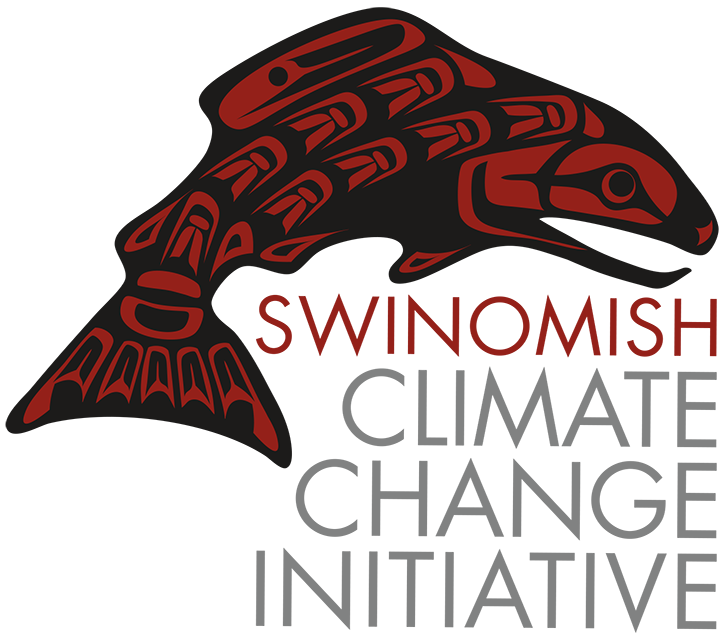Climate ACTIONs
Skagit Climate Science Consortium
“It is the Tribe’s hope that well-researched and unbiased information presented to an interested and receptive public will result in thoughtful, balanced responses to a changing climate. SC 2’s mission is directed at providing this information to all levels of government as well as to interested citizens to be responsive to those issue most important to the Skagit Community.”
-Larry Wasserman, former Swinomish Environmental Policy Director and SC2 Co-founder and Board Advisor
In 2009, the Swinomish Environmental Policy Department helped organize conversations with staff at Seattle City Light, the Climate Impacts Group at the University of Washington, and scientists from the U.S. Geological Survey, NOAA, Western Washington University, Pacific Northwest Laboratories, National Park Service, and Skagit River System Cooperative that resulted in Swinomish securing EPA funding to launch the Skagit Climate Science Consortium (SC2) in 2010. SC2 became a non-profit, tax-deductible organization under IRS Code section 501 (c)(3) in 2014.
The SC 2 vision is for integrated climate research to help inform and interact with local planners, decision-makers and habitat restoration organizations. Today, SC 2 members seek to understand how the landscape, plants, animals and people may be affected by changes in the patterns of rain, snow, temperature, storms and tides. Information about its board of scientists, reports and educational materials may be found at: skagitclimatescience.org
Mission
- Foster collaborative scientific research
- Produce relevant climate-related products
- Serve as a conduit for local communities
Strategic Focus
- Powerful scientific learning community
- Engaged Skagit adaptation community
- Usable science
Rising winter freezing levels
One issue SC2 scientists are studying is the winter freezing level. The winter freezing level is the elevation where temperature is cold enough for precipitation to fall as snow instead of rain, and it is rising. This means that the land area in the Skagit Basin that captures rain instead of snow is increasing, resulting in the potential for more water to enter the river during the fall and winter, and less during the summer. This could have harmful impacts for towns, rural homes and roads, salmon, and the entire ecology of the Skagit River.
Climate Change Impact Pathways
The diagram below, from the SC2 website, shows various impacts that changes in the climate can have. SC2 members have been closely studying some of these “impact pathways.”
These system impacts, also referred to as “climate drivers,” change the underlying systems that humans and other species rely on such as temperature, precipitation, glaciers, hydrology, ocean acidification, sea level rise, ecosystems and sediment.
Once these “climate drivers” are changed, humans are impacted by changes in drainage, flooding, low stream flows, dam management for power generation, lake recreation, storm surges, sea water inundation, water supply, natural resource harvests, and other such impacts.


